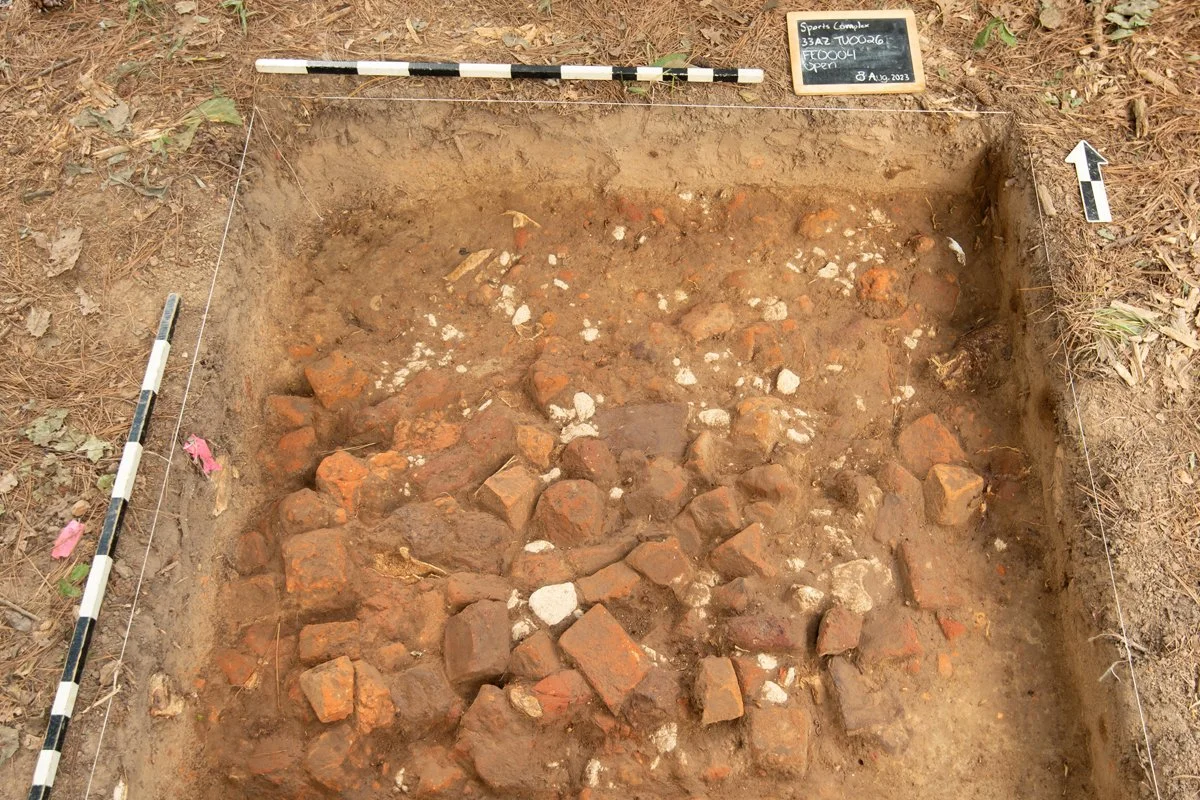Archaeologists excavating at Colonial Williamsburg have discovered a barracks for soldiers of the Continental Army during the American War of Independence.
Colonial Williamsburg is a living-history museum that forms part of the historic district in the city of Williamsburg, Virginia.
Williamsburg was the capital of the Virginia colony from 1699 until 1779, founded by English settlers during the Second Anglo-Powhatan War (1622–1632).
Tensions with England mounted over fundamental civil and economic rights for the colonists, resulting in the American Revolution and the American War of Independence.

Archaeologists excavating next to the museum’s visitor’s centre uncovered foundations of a barracks that could accommodate up to 2,000 soldiers from the Continental Army and up to 100 horses.
“We have horseshoes,” said Jack Gary, Colonial Williamsburg executive director of archaeology. “We also have this object here which is a snaffle bit, so it’s part of a horse bit that goes in the mouth to control the horse. And this object here is part of a curry comb for brushing down the horse’s coat.”
Excavations have so far unearthed only a small part of the complex, but experts suggest that it covered roughly three to four acres.
The barracks were known from Eighteenth-century maps and other historical documents, but until now, the exact location of where it existed within the colony interior was unknown.
According to the historical sources, the barracks were built between 1776 and 1777, and were later destroyed by fire in 1781 by soldiers of the British Army under the command of General Cornwallis.
Excavations also uncovered mid-1700 chimney bases, ceramics, gun flint, coins, musket balls, military buckles, and items of decorative jewellery worn by high-ranking officers as cufflinks.
An interesting discovery are examples of lead shot with indications of tooth-marks, suggesting that the soldiers chewed on the lead shot because it tasted sweet.
Header Image Credit : Colonial Williamsburg
Sources : Colonial Williamsburg





